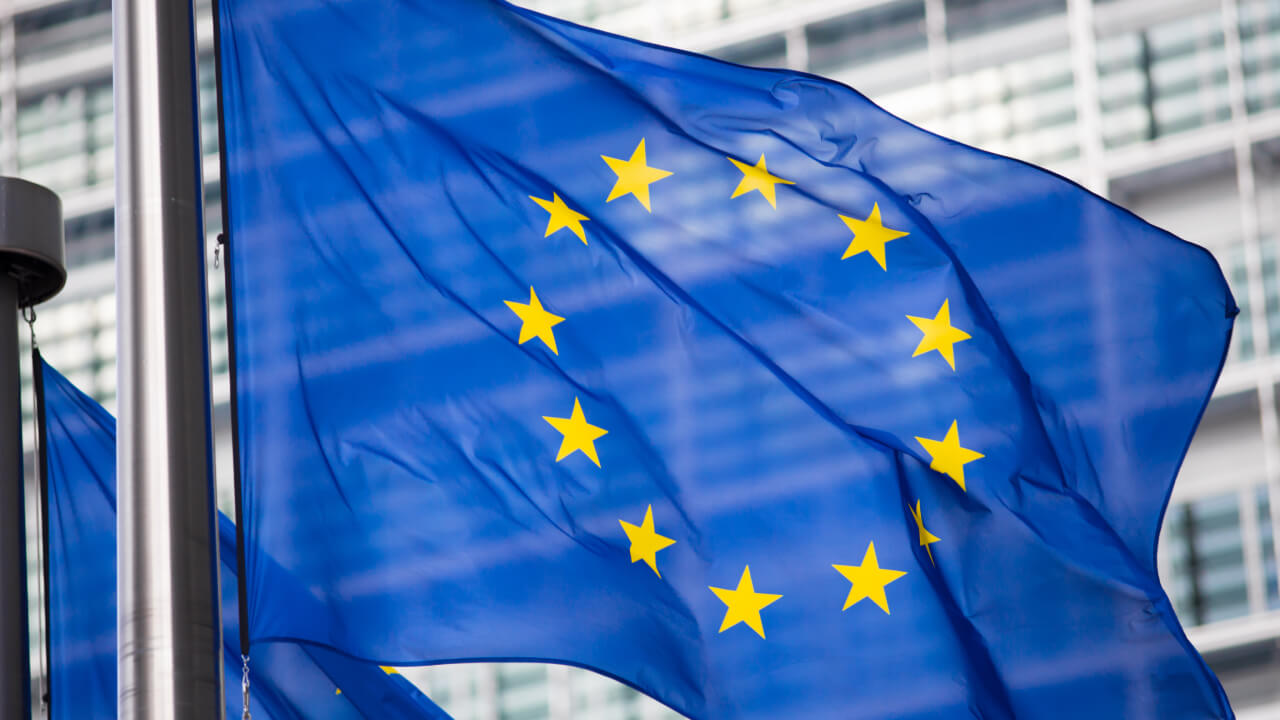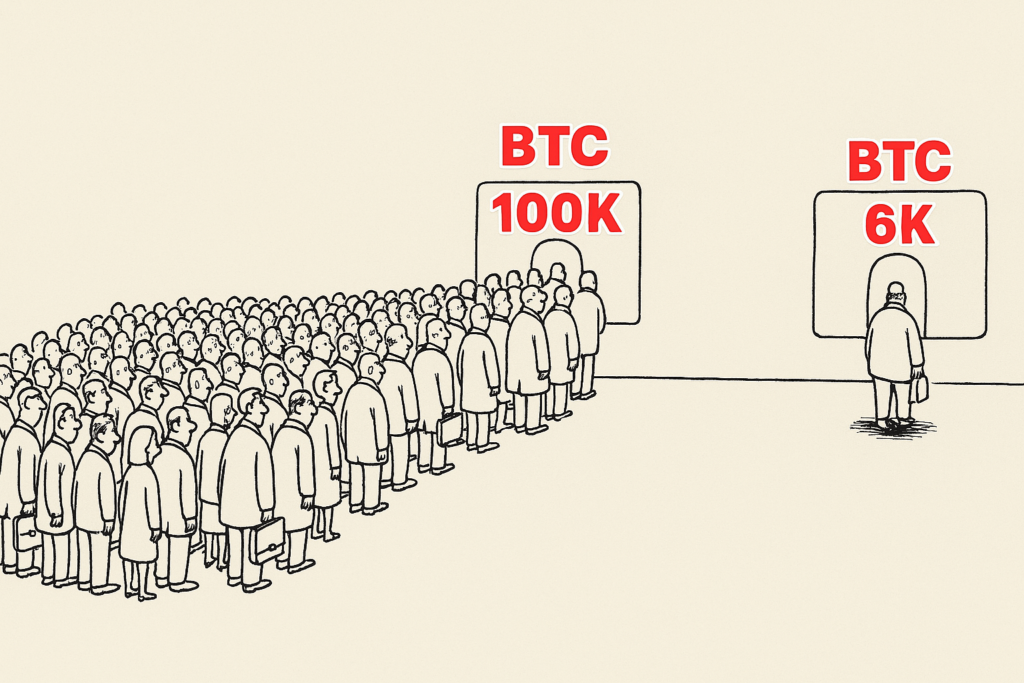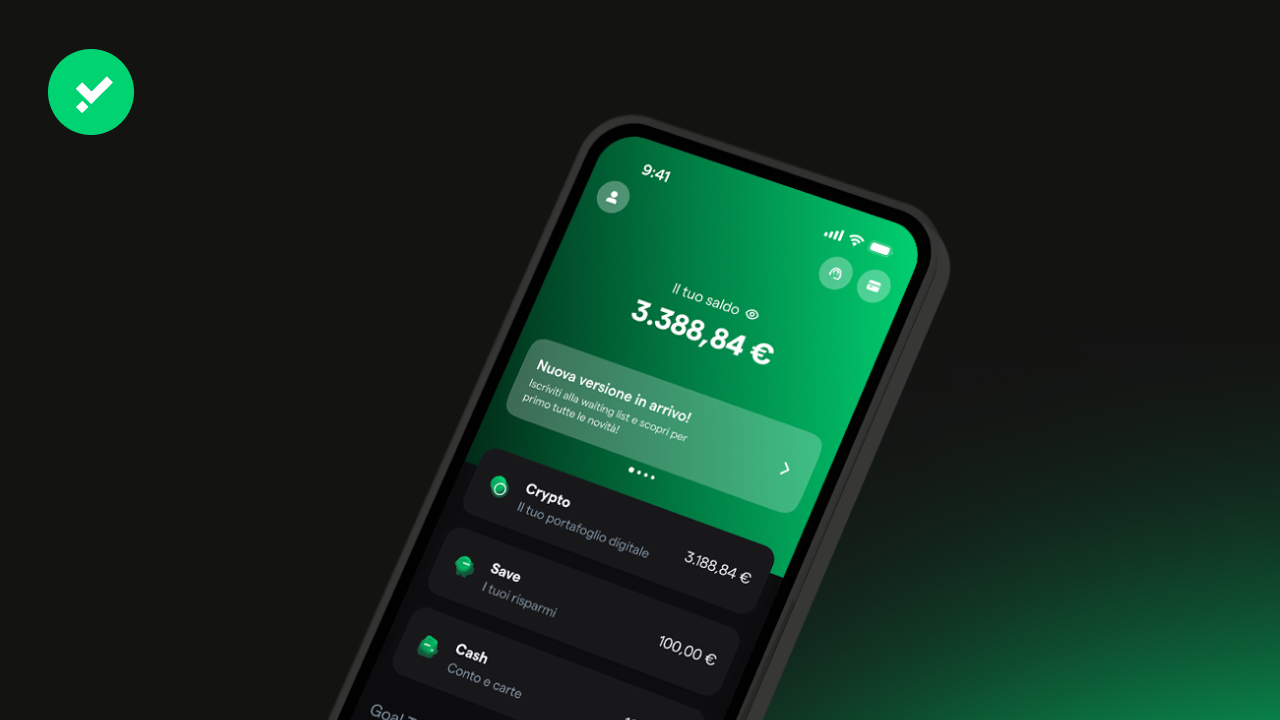It is often said that “the house always wins.” The house does not always win but it wins more often than the players. What are the odds of winning at the casino, and why is it better to invest?
What is the expected value of playing casino games, and how is this concept measured in investments? Besides the inherent probabilistic laws that govern them, what commonalities exist between these two activities?
The house always often wins.
Interestingly, both casino games—colorful and vibrant—and what some might consider the duller financial assets can be statistically analysed and compared. Each has an expected value, but how is this calculated, and for which asset is it higher?
It’s often said that “the house always wins.” This popular saying underscores the undeniable advantage of gambling establishments (or the state) and effectively illustrates the underlying reality.
The fundamental statistical concept related to this is expected value. This concept is also prevalent in the investment world, where it is referred to as expected return. It is an essential tool for investors seeking to evaluate the potential outcomes of their decisions.
What is the expected value?
Before we delve into the formal definition, let’s consider a practical example to understand the concept better. Imagine we’re in a casino playing Craps, a game in which players bet on the outcome of a roll of six-sided dice. What is the probability of rolling a two?
The answer to this question is ⅙, as there are six faces on a die, and the probability of rolling each number is the same. To find the expected value, we sum the possible outcomes (the numbers on the die) and multiply each by the probability of that outcome occurring, which, as we mentioned, is ⅙.
Here is the calculation to be performed:
(1*⅙) + (2*⅙) + (3*⅙) + (4*⅙) + (5*⅙) + (6*⅙) = 3.5
The next time you see a die rolled in a casino, you’ll understand that the expected value is 3.5. This means that if you roll a six-sided die many times, the average result will be 3.5. Now, let’s focus on a more formal definition.
“In probability theory, the expected value (also called mean or mathematical expectation) of a random variableX is a number denoted byE(X) formalises the heuristic idea of mean value of a random phenomenon.”
In summary, the expected value of an event is calculated by multiplying each possible outcome by the probability of its occurrence and then adding those products. In simpler terms, it can be understood as the weighted average of all possible outcomes. This definition will be helpful when discussing investments.
The house always wins: why it is not worth playing at the casino
Let’s teleport to a casino. Now that we understand expected value, everything shines a new light on the situation: this value is always negative for players but always positive for the house.
If this point went unnoticed, you may have missed an important detail: We have just scrutinised an industry that generated EUR 131 billion in revenue in Europe alone in 2023.
The explanation is straightforward. Gambling games are structured to give the casino an advantage, known as the house edge. This house edge ensures the casino’s business model remains viable; if the expected value were positive for players, running a casino would mean giving money away to customers over time.
However, not all games are the same. Some, like roulette, have only a slightly negative expected value, while others, such as SuperEnalotto, have such unfavorable odds that winning big is virtually impossible. Let’s look at the expected value of the most popular casino games.
A practical example: the expected value of Roulette
One of the most generous casino games for players is European roulette, which features a single zero. To illustrate this, let’s calculate the odds of a simple bet, such as on red or black, even or odd, or the ranges 1-18 or 19-36. In European roulette, there are 37 possible numbers: 18 red, 18 black, and 1 green zero.
For example, when betting on red:
- Since there are 18 red numbers, the probability of winning is 18 out of 37 (approximately 48.65%).
- The probability of losing is 19 out of 37 (approximately 51.35%) because, in addition to the 18 black numbers, there is also the zero, which causes red bets to lose.
The payout for a winning bet on red is 1:1. If you place a bet of 1€, you will receive a total of 2€ if you win, which includes a net profit of 1€. Conversely, if you lose, you forfeit the entire amount wagered.
Therefore, the total expected value will result from the difference between the expected value of the probability of victory (18/37) and defeat (19/37), resulting in a loss of 0.027€ per euro wagered. To simplify matters, we have not given the formula, but you can check it by calculating this difference after applying the same procedure as we did for the dice.
The Expected Value in Financial Investments
Now that you’re familiar with the concept of expected value in casino games, it’s time to discuss investments. Similar probabilistic principles estimate the future performance of financial instruments such as stocks, bonds, indices, and even cryptocurrencies.
First, it’s important to note that changing the reference system alters the approach to probability. We cannot analyse the financial world in a purely objective probabilistic manner, as it does not consist of perfectly symmetrical and well-constructed events (like a coin toss). In this context, probabilities are modeled based on historical data.
The expected value of investments, also known as the expected return, is the weighted average of the possible returns on an investment, factoring in the probability of each potential outcome. This definition closely resembles the one used in the context of casino games.
This article will explore the concept of expected value in finance using one of the longest-running stock indices: the S&P 500. The S&P 500 is one of the most significant stock indices globally, tracking the performance of the 500 most prominent and capitalised companies in the United States. With a historical data record spanning nearly a century, it is a reliable tool for estimating long-term stock returns. Historically, the S&P 500 has provided a positive average annual return.
The expected one is currently about +10%, considering historical data from 1928 to today, including reinvested dividends, over long periods. It would be interesting to do the same with Bitcoin, but unfortunately, fifteen years of history is minimal to evaluate a financial phenomenon from a statistical point of view. To date, the expected return would be 85%, analysing its performance from 2011 to the present.
Buy Bitcoin!
Why investing is not like gambling: conclusions
While both investing and gambling involve risking capital to make a profit, the key difference lies in the nature and sign of the expected value.
In gambling, the expected value is negative for the player. The system is effectively closed and operates as a negative-sum game: the house always keeps a portion of the bets as its margin. No matter how long a person plays or their betting strategies, the expected value remains unchanged. Systems like the Martingale can alter the short-term distribution of winnings but do not affect the predicted value in the long run.
In the long run, players tend to lose, on average, a percentage that reflects the house’s advantage. The saying “the house always wins” is not just a cliché; it is a mathematically proven reality due to the structure of casino games.
In contrast, financial investments, particularly in the stock market, typically offer investors a positive expected value. This is because the economy continuously generates new wealth: Companies grow, produce profits, and innovate, contributing to a long-term increase in value. Investors can participate in overall economic growth by investing in a diversified market index.
While there is always the risk of choosing the wrong investment or facing short-term downturns, these risks can be managed through diversification, setting long-term goals, and maintaining discipline. This level of strategic planning is impossible in gambling, where each bet is independent and inherently disadvantageous.
Volatility and expected value: the relationship
The final point to consider when comparing casino games with the world of investments is volatility, particularly in contrast to the certainty of incurring losses. In casino games, including scratch cards and Superenalotto, the long-term outcome is predictable—players can expect to lose a fixed percentage of their total wagers. As wagering increases, the volatility typically decreases relative to the volume played.
In investments, however, volatility does not diminish over more extended periods. It can lead to more significant uncertainty regarding outcomes in the medium term. Nevertheless, the likelihood of achieving a positive return increases over time because the expected value of investments is positive.
Holding a stock for just one day is akin to flipping a coin—it usually results in a 50% chance of a positive day and a 50% chance of a negative one. However, if you hold a stock for a year, there’s a good chance of achieving a positive return, although it’s not guaranteed. On the other hand, holding stocks for 10 or 20 years has historically always ensured a significant return.
In contrast, if you play roulette repeatedly for 10 or 20 years, you will likely have a negative net result that approaches the theoretical expected value unless you experience extraordinary and unrepeatable events.
In conclusion, wise investing is statistically successful over the long term, while gambling is guaranteed to lead to losses. Investment creates wealth within the economic system, whereas gambling merely redistributes value and often diminishes it, with a portion of the losses going to the banks. It’s important to note that investing involves risks; however, investors are rewarded with a premium for the risks they take. In contrast, gambling typically results in further disadvantages without any expected rewards.

Buy BTC on Young Platform


















